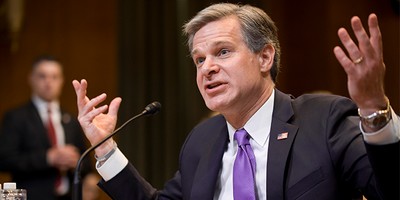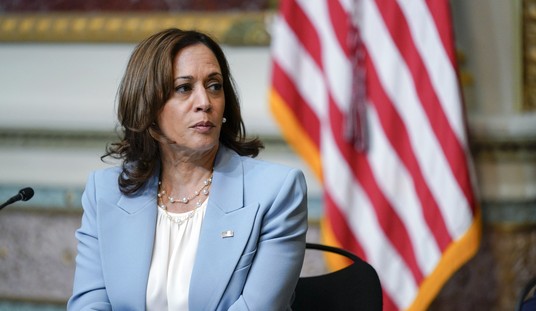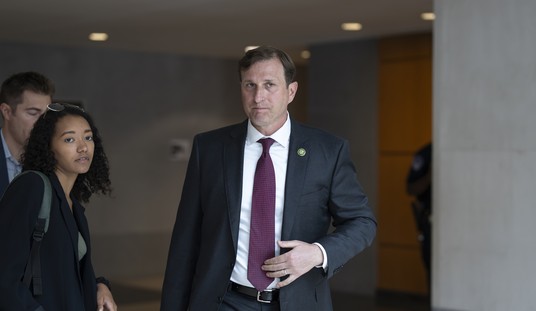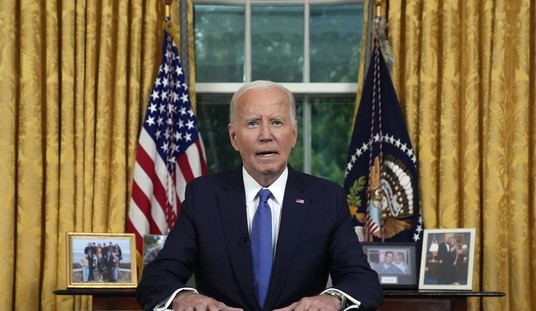The 2016 edition of "Ranking the States by Fiscal Condition," released last week by my colleagues Eileen Norcross and Olivia Gonzalez, reveals that more fiscal disasters loom in the United States. The study ranks each state's (and Puerto Rico's) financial health using data from standardized and audited comprehensive annual financial reports -- which show short- and long-term debt, along with key fiscal obligations, including unfunded pensions and health care benefits.
As one would expect, the media and state officials are very interested in the ranking itself. You won't be surprised that the worst fiscal conditions are in Puerto Rico, Connecticut, Massachusetts, New Jersey and Illinois. If you were wondering, New York is 42nd, and California is 44th. These states face large debt obligations and have very little cash on hand to pay short-term bills. To be sure, the economies of these low-ranked states are better than Puerto Rico's and are unlikely to end up in the same tragic place. However, bad fiscal habits could spell disaster for these states during a recession or other emergencies.
The states with the best fiscal conditions this year are Alaska, Nebraska, Wyoming, North Dakota and South Dakota. These states are relatively healthier because they have some cash on hand and relatively low short-term obligations. However, the ranking isn't the most important part of the study. In fact, Norcross and Gonzalez take great care to explain that these numbers can be misleading. For instance, the states at the top might read their position as a sign that they are in great fiscal health, but indeed, the great contribution of this work is in highlighting the structural weaknesses shared by most states.
Recommended
That's right; even this year's winners of the fiscal health beauty pageant are themselves likelier to be on shaky fiscal grounds because of their long-term unfunded pension obligations and non-pension benefits, which may be hidden because of poor or deceptive accounting practices.
Take Alaska. Once again, the state takes first place, thanks in large part to its large reserve of cash, which is the product of its oil revenue. However, this overreliance on oil could become a problem in an age of decreased oil prices. Interestingly, almost all of the top five states are overly reliant on unpredictable revenue sources.
In addition, Alaska ranks second to last in service-level solvency. The numerous restrictions put on the use of oil revenue -- the state is hoarding cash but can't use it as it pleases or needs -- and other poor management of the state's assets, including an already high tax burden, means Alaska has very little fiscal slack in case of an emergency.
The state also ranks second to last in trust fund solvency, meaning its retirement system is underfunded. Its pension funds (on a market value basis) are only 29 percent funded, meaning that the rest is not paid for. Its total pension debt is 70 percent of personal income in Alaska. That's hardly financially sound, even though the threat may be less visible for now because the bill won't be due until later and the state claims that 58 percent of its pension liability is funded.
The main takeaway of the report is that when it comes to a state's fiscal health, appearances are deceptive. Whether your state is at the top, at the bottom or in the middle of this fiscal ranking, chances are that its fiscal health is worse than state officials claim. The good news is that it is never too late for a state to make improvements to limit fiscal shock down the road.

























Join the conversation as a VIP Member